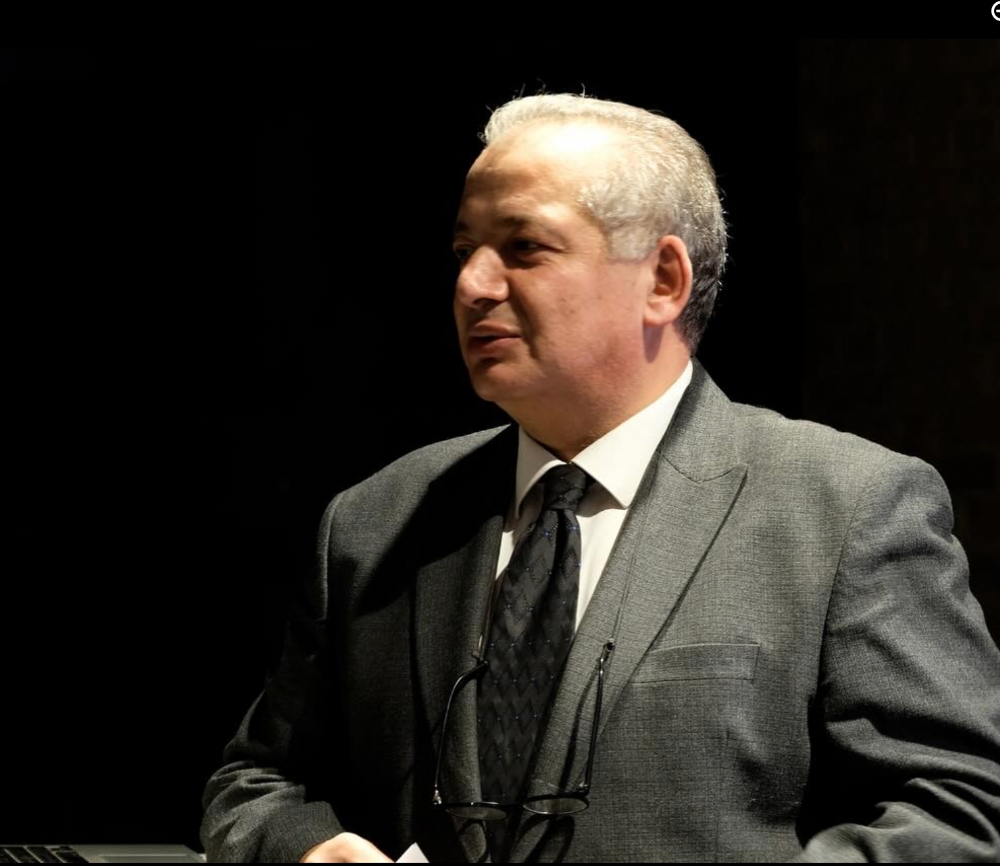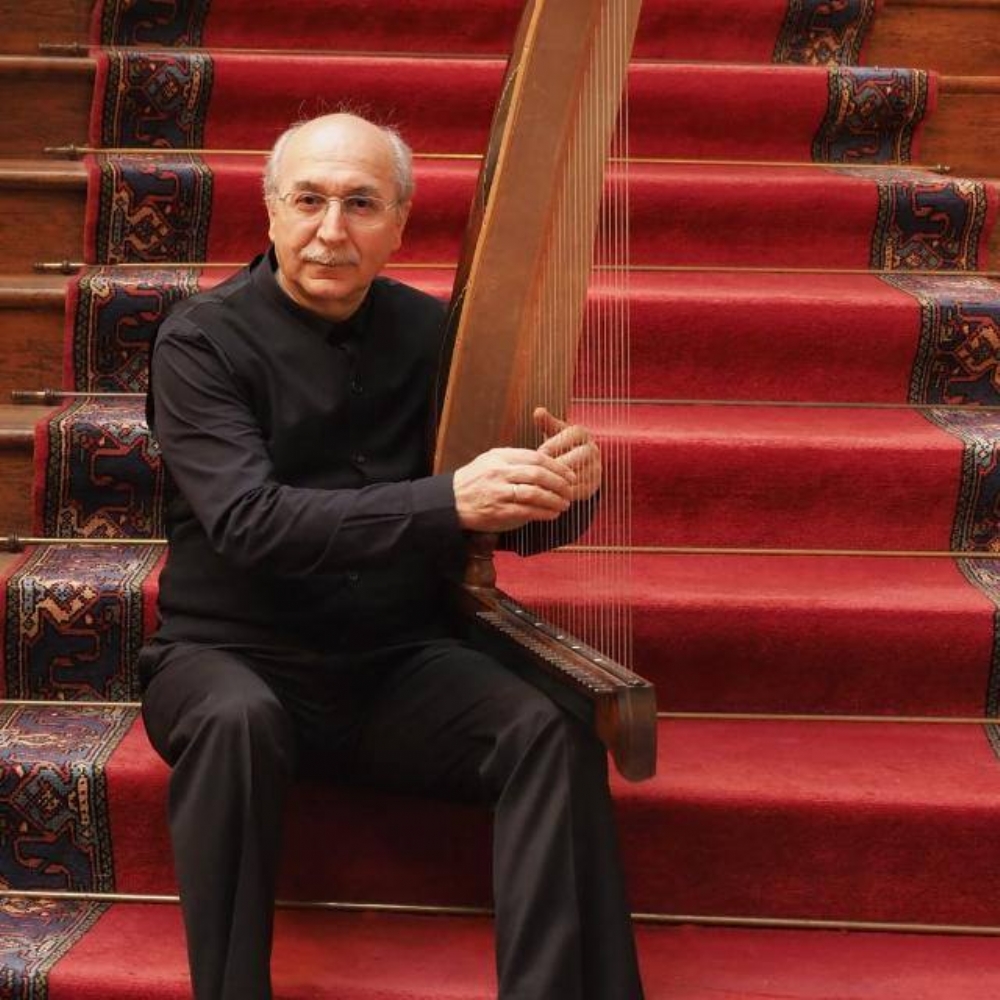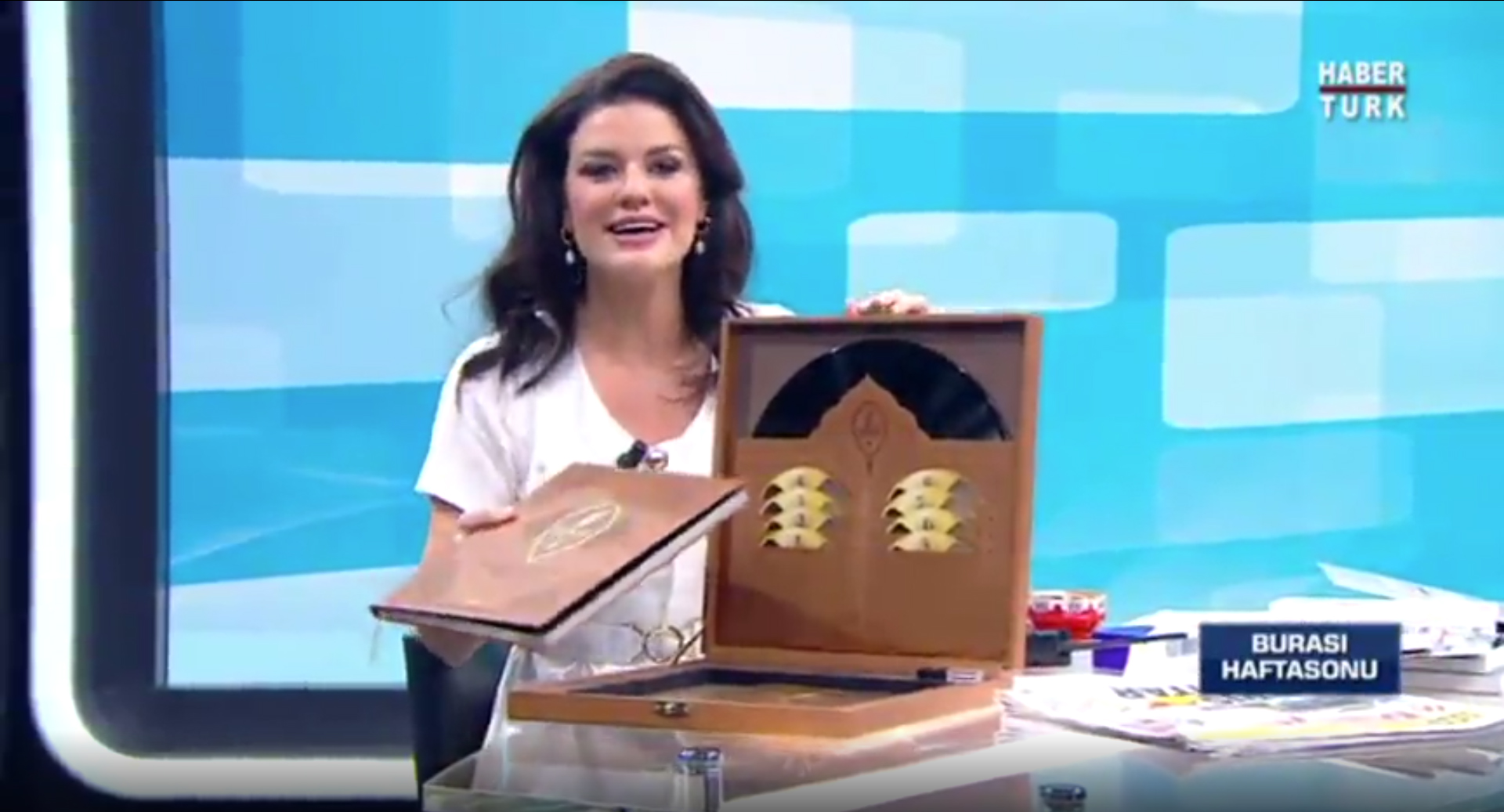About Sultan V. Murad records

Sultan’s Maqam: When my esteemed colleague Assoc. Prof. Dr. Mehtap Demir-Güven called me about being involved in the Composer Padişahlar Külliyatı project, I was very excited not only because I would be a part of such a comprehensive cultural heritage project, but also because we would have the honor of bringing to light for the first time the never-before-performed “Piano Works” of Murad V. So much so that, the compositions in the “Piano Works of Murad V” notebook that Mehtap Hoca and I reached at the Istanbul University Rare Works Library will be listed, analyzed and performed for the first time with this project; thus, another candle could be lit for both studies on Ottoman-Turkish music and the 19th century of this musical culture.
Indeed, in order to light this candle, I would like to use the space allocated to me to share information about the notebook in question with you:
The “Piano Works” notebook/album consisting of compositions by composer V. Murad consists of 1 outer cover and a total of 160 leaves. It is noteworthy that the papers used in the notebook consist of 12 staff and 2 staff key papers from the “Paris” note printing editorship, according to the French norms determined at the bottom of the page. Although the works are given numbers and names in the beginning, the order does not continue towards the end of the notebook and the pieces are written one after the other. There are Ottoman writings at the beginning or end of many pieces of the notebook. Eighty-nine (89) compositions include the works named “Valse”, “Mazurka”, “Polka”, “Polka Mazurka”, “Marche”, “Scotischt”, “Galop”, and “Quadrille”. The style of the works is mostly dance-like. The characters/mood of the dances have been tried to be felt in the musical structure.
The date “22.10.1879” is seen on the first entry page of this “Piano Works” notebook/album. The phrase “1294 Zilkaide 8” is on the lower edge of the page. On this page, the handwritten words “1296 20 Ramazan 1298” and “1878 16 August 1881” are seen in faint form. The stamped registration number of the Topkapi Palace Museum is also given here. The works in the notebook are numbered in handwriting from the upper left corner of the page. The numbers are given as handwritten ones on the left side of the notebook and two types of handwritten ones – crossed out and uncrossed – on the right side. Therefore, it was necessary to give only numbers to such pieces.
It has been determined that the works in the notebook could not be read well in some cases due to being written in handwriting or that the notes were written incorrectly. When played, it was revealed that the tones were sometimes not harmonious; therefore, minor interventions had to be made to ensure harmony of tone and changes had to be made to the notes.
It has been determined that the works in the notebook were sometimes very similar to each other and were composed in the same style and manner. In addition, these works show us that Murad V received piano training and could play his instrument. When the works were played, it is felt that the composer also played these works and adjusted the positions appropriately. Since the educators of the composer Murad V were foreign (Italian, French), the traces of these schools can also be felt in the composed works. Indeed, although the Siciliana atmosphere is mostly felt in the works, the name and style of the works are mostly compatible with the content of the composition. Apart from this, the use of 6/8 rhythm after the 80th piece and the fanciful atmosphere of the marches in the notebook are striking.
Many of the pieces in the notebook have introduction sections, and many of the pieces have trio sections. In the note texts of a few pieces, lyrics are written between the lines. There are very few terminology and tempo determinations in the content of the works.
The main techniques used in the works are as follows: octave, trill, chord, skips, multiplications, mordants, tremolo, weighted rhythms, alla breve meter value, triole (triplets) and 32nd notes. For example, on page 119 (crossed out), explanations of sample ornaments, 1) appocciatura or small note; 2) gruppetto or multiplication; 3) mordant; 4) It is in the form of a trill or cadenza.
The symbols segno and abbreviate are used in writing notes. In addition, the composer uses a three-dot symbol as a special abbreviation mark. It has been seen that three dots are placed on the note in many of the pieces in order not to write the note again; it has been determined that this sign means that the note/chord is played three times.
At the end of each section, there is a repeat sign, sections ending as “1. cabinet”, “2. cabinet”. Many of them were intended to end with D.C. all Fine and to be played again from the beginning. Coda sections were determined and marked by the composer in a few works.
In a few works, the word Fine was placed 2-3 times in the work. In these cases, changes were made to provide the most appropriate ending.
The most commonly used tonalities are “Es dur”, “As dur”, “B dur”. Various T, S, D and relative tonalities and modulations are also encountered. The harmonies used are within the classical framework and are compatible with the rules of Western music harmony. Not all of the works are easy from a technical perspective; some, despite their small size, require a certain technical infrastructure.
All of the compositions in the “Piano Works of V. Murad” notebook were also analyzed within the scope of the Hünkâr Makamı: Composer Padişahlar Külliyatı project, and a detailed list regarding this was presented to the attention of the listener within the scope of the performed works, thus breaking new ground.
On this occasion, I would like to thank all project officials who made it possible for us to light another candle for the dark pages of our Ottoman-Turkish musical culture, and I would like to present my deepest respects...
Güler Demirova Györffy







